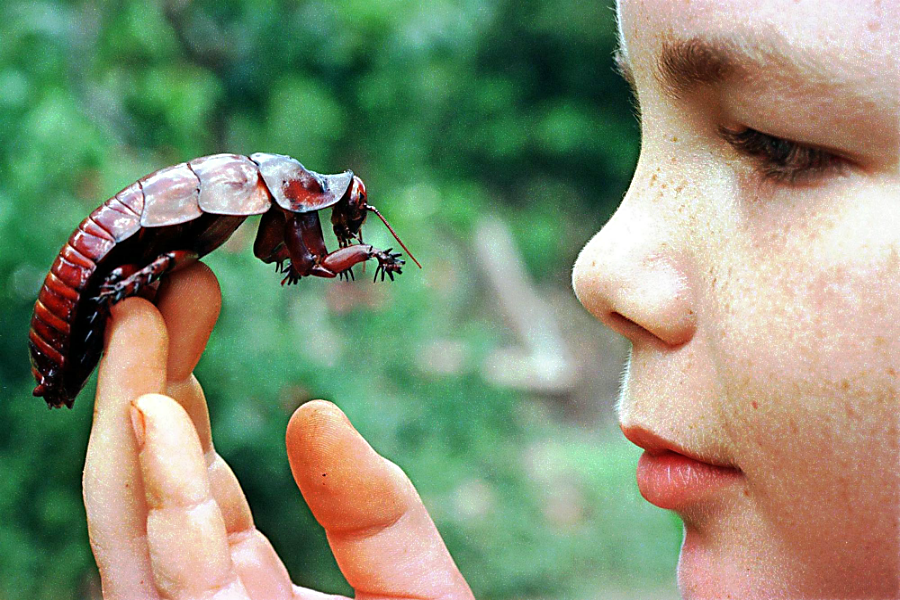Roaches to the rescue?
Loading...
Scientists have found a way to control cockroaches with remote technology. Fortunately, they want to use the bugs for good, and not evil.
These cyborg-roaches can climb through dangerous and impenetrable rubble left in the wake of a disaster, say researchers at North Carolina State University. There, the roaches would do what they might have done anyways: roam around aimlessly. The deviation from typical "bug life" is that these roaches would be equipped with computer-chip backpacks designed for data collection and transmission to emergency personnel, reports Wired.
"You need to find lost people in a short amount of time," said Alper Bozkurt, assistant professor of electrical and computer engineering at NC State, in an interview with Wired. "Time is very critical, and right now, there is no technology out there that can provide this."
Cockroach antennae already help them sense their surroundings. Upon contact with any physical object, an antenna sends an electrical signal to the roach’s brain, which tells the insect to adjust course around whatever is in its way.
Professor Bozkurt has developed an electrode that attaches to a roach’s antennae. Each electrode creates pseudo-stimuli that can direct the bug’s movement. The electrodes are connected to the backpack, which acts as an extension of the roach’s brain. It contains a battery, a microchip, a radio to communicate with the controller, and microphones to triangulate sound.
Following a disaster, rescue teams can send a swarm of cyber-roaches into a toxic or collapsed area to locate and potentially save trapped survivors. During a search-and-rescue mission, the roaches would instinctively roam around the area, while the attached technology gathers data and directs them back into the debris should they wander astray.
Once a roach detects a survivor, beacons from fixed radio towers would activate and locate the cyber-roach, and thus the survivor.
The next step in training cyber-roaches will involve running simulations in collapsed buildings, say the researchers, to test the technology.
Bozkurt says his passion to find creative solutions to the cyber-gap in search and rescue was initially inspired by his experience as a volunteer worker in Turkey in 1999, during the wake of the Izmit earthquake that killed nearly 20,000 people. He has also developed cyber-dogs for search and rescue.
Cockroaches are available for sale in most pet stores, notes Bozkurt. He says that despite popular aversion to them, roaches are not pests: They are exotic pet-insects from Madagascar. Bozkurt keeps the bugs in a chamber and observes how their behavior shifts from day to night.
"I love cockroaches," he said. "Some people may think that they’re very very ugly, but, roaches may also think that humans are ugly."







